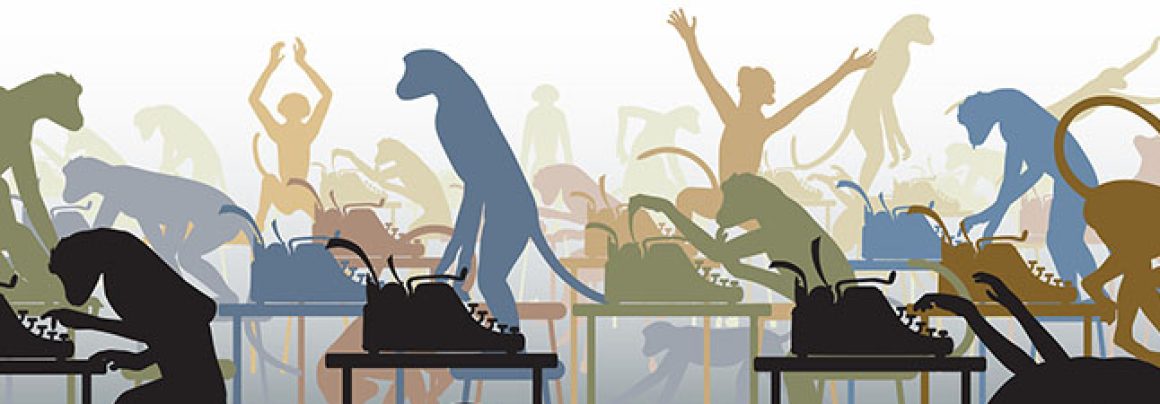On April 25, 1970, the Duke Ellington band performed a partial version of New Orleans Suite at the New Orleans Jazz and Heritage Festival, where it was well-received. Promoter George Wein was moved; “It gave me a chill,” he said. “That was Duke at his greatest.” The performance included only five movements; four others–including a star turn for Johnny Hodges on soprano sax, “Portrait of Sidney Bechet”—were still being written, and Ellington began in earnest to complete them.
Johnny Hodges
Three decades had passed since Hodges had last played the soprano, his first musical love, on a recording date; the tune was “That’s the Blues Old Man,” a number he composed. Hodges had stopped playing soprano, according to Rex Stewart, when he had asked Duke for extra pay to play a second instrument. Hodges was within his rights to do so, as the By-Laws of the New York musicians union provided that (with few exceptions) a musician who played two instruments was entitled to double pay. As Stewart put it, “request denied, and that golden tone exited from Ellington’s band forever.”
Hodges kept the soprano sax Bechet had given him long before, but he used it so little he would say he was “about ready to make a lamp out of it.” Every now and then he would idly suggest that he was going to take up the instrument again, but he would always renege. Harry Carney interpreted this demurral to mean that “Johnny wouldn’t have any trouble playing it, but . . . he isn’t going to play it in public unless he can play up to the level he sets himself.” Ellington had been thinking about how he might “persuade [Hodges] to get his soprano out once more” for the Bechet portrait; he asked his son Mercer to talk to Hodges to see if he would relent, and Hodges replied “It will cost him.” When Mercer relayed Hodges’ response to his father, Duke said “Pay him what he wants.”
Hodges had not been in good health; he came down with swollen glands on the band’s September, 1968, tour of South America, missing several performances, and in April, 1969, he suffered a heart seizure and had to leave the band for two months. A British jazz writer, interviewing Hodges during a European tour in November of that year, noted that he had opted out of ensemble playing and confined himself to solos. He began to skip dates that didn’t appeal to him, such as a sacred music concert scheduled for December in Detroit, just one night after flying back from England. “The band’s playing at a church next Monday,” Hodges said, “but I ain’t going.”
He had been, by his own account, lucky all his life and his good fortune had carried over to the natural shocks the flesh is heir to. According to Mercer Ellington, Hodges had three times happened “to be near the best possible hospital” when he had heart attacks. In the case of the April, 1969 incident, he was stricken on a flight following a three-night stand at the Atkinson Hotel in Indianapolis while sitting next to an oxygen tank; there was a doctor on board, and he was rushed to a hospital as soon as the plane landed. Norris Turney and Gregory Herbert subbed for him on alto during a period of almost two months.
On May 11, 1970, however, his luck ran out. At the end of a long stretch of touring, both domestic and international, his strength may have been at an ebb. He was in his dentist’s office in Manhattan, got up from the chair to go to the bathroom partway through a procedure, took a few steps—and collapsed. He did not recover, and was pronounced dead at Harlem Hospital at 4:30 p.m. that day. “I sent him to the dentist,” his widow said, “and the Lord brought him back.”
His Certificate of Death gave his name simply (and incorrectly) as “John Hodges” (the name on his birth certificate was “Cornelius,” “Johnny” was a nickname.) The cause of death listed was hypertensive cardiovascular disease—elevated blood pressure resulting in heart failure—due to cardiac hypertrophy, a thickening of the heart muscle that decreases the size of the chambers of the heart. That organ, which we consider the seat of the emotions, had toughened on the outside just as Hodges himself had maintained his steely exterior throughout his career, while at the same time a warm core burned within it—and him. He had poured his heart into song for four decades with Ellington, and it had finally given out on him.
Funeral arrangements were made by Russell Procope, Hodges’ colleague in the reed section. Ellington avoided funerals, as he did any intimation of mortality, but he attended Hodges’ ceremony and comforted Hodges’ mother, the “Good Queen Bess” referred to in his genial song, who kissed her son for the last time as he lay in his casket. “He was a good son to me,” she said to Stanley Dance, who reported that she “then turned away, upright, composed, dry-eyed.” The death of her only son must have affected her more deeply than she revealed at the time; she survived him by only a few months. “She got sick and lost the desire to live,” her granddaughter Lorna Hodges Mafata said.
The ceremony was arranged by Procope at the Harlem Masonic temple of which both men were members, thereby avoiding affected religious sentiment that Hodges would have scoffed at. Ellington eulogized Hodges thusly:
Edith “Cue” Hodges, Johnny’s widow, at his funeral with Russell Procope.
Never the world’s most highly animated showman or greatest stage personality, but a tone so beautiful it sometimes brought tears to the eyes–this was Johnny Hodges. This is Johnny Hodges.
Because of this great loss, our band will never sound the same.
From “Rabbit’s Blues: The Life and Music of Johnny Hodges,” Oxford University Press, by Con Chapman.




